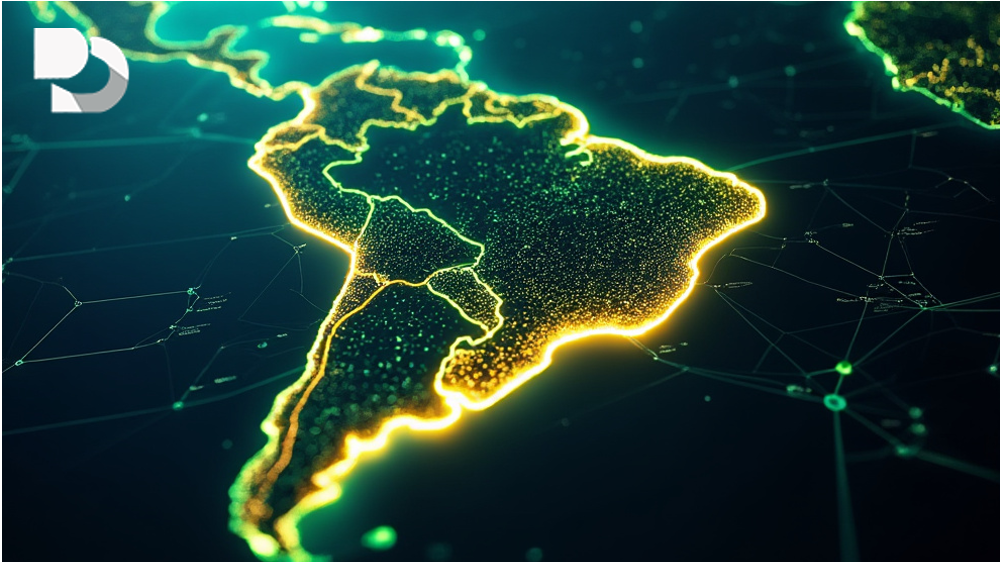
Massive Crypto Volume in Brazilian Economy
Brazil’s cryptocurrency market has reached staggering proportions, with new data showing the country processed $318.8 billion in digital asset transactions between July 2024 and June 2025. This figure represents more than a 100% increase compared to the previous year, which I think demonstrates how quickly adoption is accelerating in Latin America’s largest economy.
The numbers come from Chainalysis, a blockchain analytics firm that tracks cryptocurrency movements globally. What’s particularly interesting is how Brazil has completely outpaced other regional players. Argentina, often seen as a crypto hotspot due to its economic instability, registered $93.9 billion during the same period. Mexico came in at $71.2 billion, while Venezuela and Colombia both recorded volumes just over $40 billion.
Stablecoins Drive Most Activity
Perhaps the most revealing detail is that stablecoins account for approximately 90% of these transaction flows. This makes sense when you consider the economic context of the region. People aren’t necessarily speculating on volatile assets like Bitcoin or Ethereum – they’re using dollar-pegged stablecoins as practical financial tools.
I’ve noticed this pattern across developing economies where local currencies face inflation or capital controls. Stablecoins offer a way to preserve purchasing power and facilitate cross-border transactions without the wild price swings of other cryptocurrencies. It’s less about investment and more about utility.
Institutional and Retail Growth
The growth appears to be happening across the board. Chainalysis noted that “all transfer value ranges grew,” suggesting both institutional and retail participation are expanding. This isn’t just large financial institutions moving money around – everyday Brazilians are increasingly incorporating crypto into their daily financial activities.
Centralized exchanges still dominate the landscape, handling about 64% of all transactions. This makes sense from a user experience perspective, as these platforms tend to be more accessible for people new to cryptocurrency. Decentralized finance platforms have seen some growth too, but they’ve got a long way to go before catching up to centralized alternatives.
Regional Context and Future Outlook
When you step back and look at the broader Latin American picture, Brazil’s $318.8 billion represents a significant portion of the region’s total $1.5 trillion in crypto transactions. That’s a massive number for a region that’s still developing its regulatory frameworks for digital assets.
What strikes me is how this growth is happening despite regulatory uncertainty. Brazil has been working on cryptocurrency regulations, but the market is expanding faster than the legal framework can keep up. This creates both opportunities and risks for participants.
The data suggests we’re witnessing a fundamental shift in how people in Brazil and across Latin America think about money and financial services. It’s not just about chasing returns – it’s about finding practical solutions to real economic challenges. Whether this trend continues will depend on how regulators respond and whether the infrastructure can support this level of activity sustainably.
